Pregnancy can wreak havoc inside a woman’s body — from body aches and physical stress to emotional roller coasters. But partners, family, and friends can support the mom-to-be by giving her a soothing massage. And according to research, prenatal massage can do more than help pregnant women relax. When done right, it can bring other health benefits too.
Bhaskar Health believes that expecting moms deserve to feel comfort after all their sacrifices, so we gathered some massage tips that could help them out. Please keep in mind that this article is for informational purposes only. For medical advice, please consult your doctor.
1. First thing’s first, make sure she is in a comfortable position.
Expecting mothers should avoid lying on their backs during a massage. The baby’s weight and the uterus may compress blood vessels in that position, and this could lead to a decreased blood supply to the placenta.
The safest and most comfortable massage position would be to lie on her side, with pillows supporting her head, belly, and legs. She can also try kneeling and sitting on the floor while resting her arms on the bed or an exercise ball in front of her.
2. Massage the neck and shoulders to relieve stress and tension.
During pregnancy, the back and neck are under a lot of strain as they try to accommodate the change in the body’s center of gravity. Muscles may also become sore, but there are techniques to reduce stress and tension.
Start by cupping one of your hands on her shoulder — specifically at the spot where the shoulder meets the neck. Slowly slide your hand up to the base of her skull, then slide it back down to her shoulders in an outward direction. To balance, do the same thing on the other side with your other hand.
You can apply pressure in the areas where you feel muscles are tight, and you may also run your hands up and down her arms as part of the massage.
3. A scalp massage can do wonders for her relaxation.
Put your hands around the future mama’s head, somewhere behind her ears. Then gently move your hands in a circular motion. Afterward, you can move them up through her hair and down toward her neck. Use your fingers to apply gentle pressure on the scalp.
For partners, doing this type of massage to your wife will not only be a soothing experience for her, but it can also be a way of showering her with affection. Engaging in prenatal massage can also be good for the couple’s connection and awareness of each other.
4. Knead the back or rub either side of the spine to ease her sore muscles.
The growing baby bump can cause back pain, and this massage can help provide comfort. While the expectant mother is lying on her side, place your hands on either side of the spine. Then gently knead up and down her back using the base of your hands or your thumbs.
A back massage can also bring other benefits, including hormone regulation, reduced risks of swelling, improved blood flow, and better sleep quality.
5. Massage her legs and feet to help relieve pain and swelling, but don’t use too much pressure.
One of the changes that occur in women’s bodies during the child-bearing phase is the decrease in blood volume. As a result, circulation toward the legs usually becomes sluggish, and this may put the pregnant woman at risk for blood clots. Exerting too much pressure on the legs may dislodge a clot and lead to complications.
The best way to massage the legs is to use a flat palm while rubbing them up and down. You can also rub her feet with your hands, and you can use the thumbs to make gentle circles near the ankles and heels. Softly pulling the toes or rubbing your fingers between them may also feel good to her.
6. Try a couple of simple exercises for hip and pelvic comfort.
One technique is the “double hip squeeze.” This is done with the pregnant lady either standing or sitting on an exercise ball while leaning forward. It’s important to have something supporting her upper body, such as a counter, table, or bed. Position yourself behind her and place your hands on either side of her hips. Then press inward as if to squeeze the hips together.
Another method is “shake the tree.” From behind, place your hands around one of her thighs, with one hand on the inner side and the other one on the outer side. Then gently “shake” or “churn” the thigh by rolling the hands in opposite directions — like how the hands would move when starting a friction fire with a log.
These exercises help provide comfort by relaxing and releasing the ligaments, the pelvic base, and the back.
Bonus: important tips to remember and things to avoid
- The belly is a no-go zone.
Avoid massaging the belly because pressing on it may exert pressure on her uterine ligaments, which could lead to complications.
- It is generally advised to avoid doing massages during the first trimester.
The first 3 months of pregnancy is an extremely delicate period with a high risk of miscarriage. Some therapists are also concerned that the increased blood flow during a massage may cause harm to the expecting mom. There are also pressure points within the body that are believed to induce labor.
- Avoid using essential or scented oils.
Since the effects of essential oils on a growing fetus are still not fully understood, it might be better to stay on the side of caution and just avoid them. You may use unscented massage oils or lotions to help reduce friction during the session.
- When in doubt, go for a trained massage practitioner.
If you feel like the massage techniques are too complicated, you may seek the help of trained therapists or prenatal massage practitioners instead.
- Stop the massage right away as soon as there are signs or indications of pain, discomfort, or contractions.
And if symptoms don’t improve within an hour, contact your doctor or health care provider immediately.
What other tips can you share that will help provide comfort to expecting mothers? Have you ever tried getting a prenatal massage? Share your tips and experience with us in the comment section


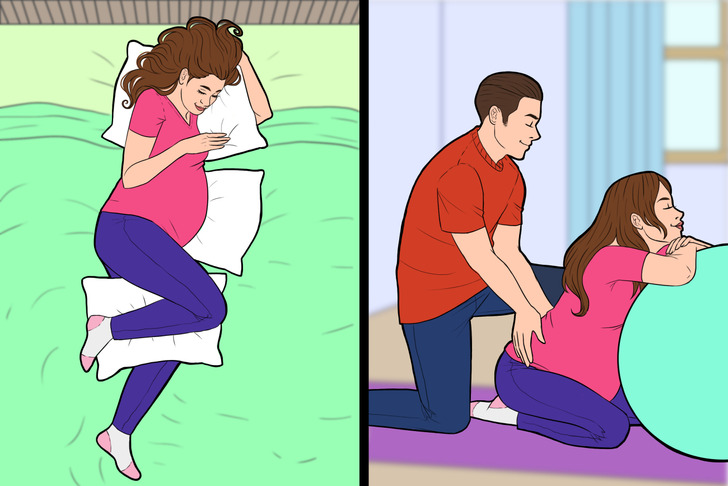
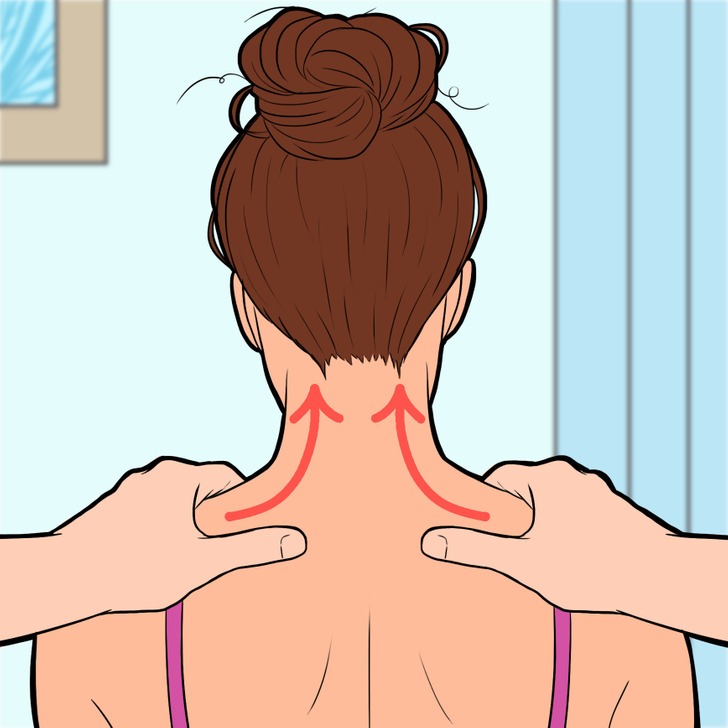
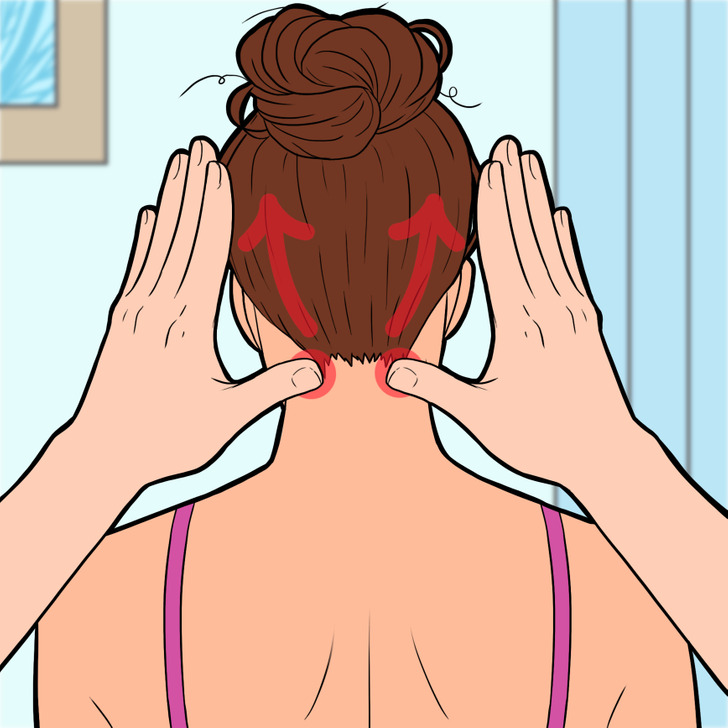
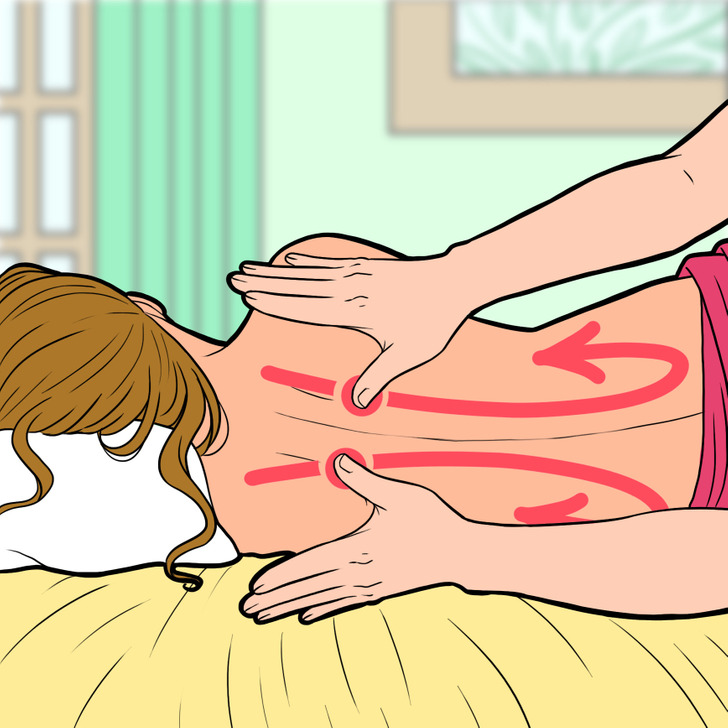
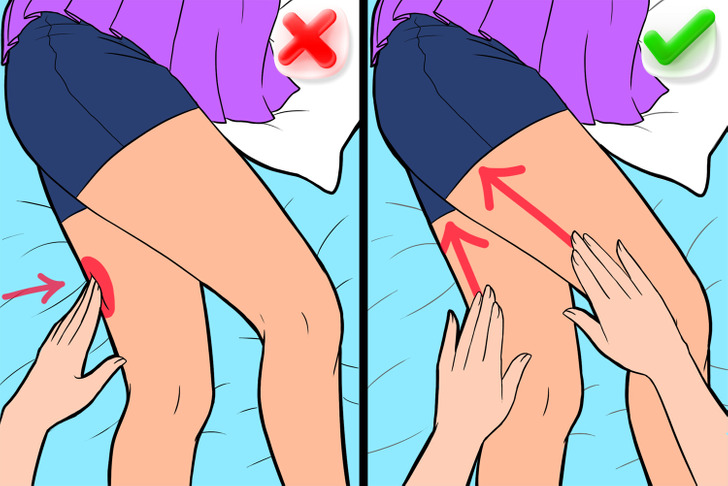
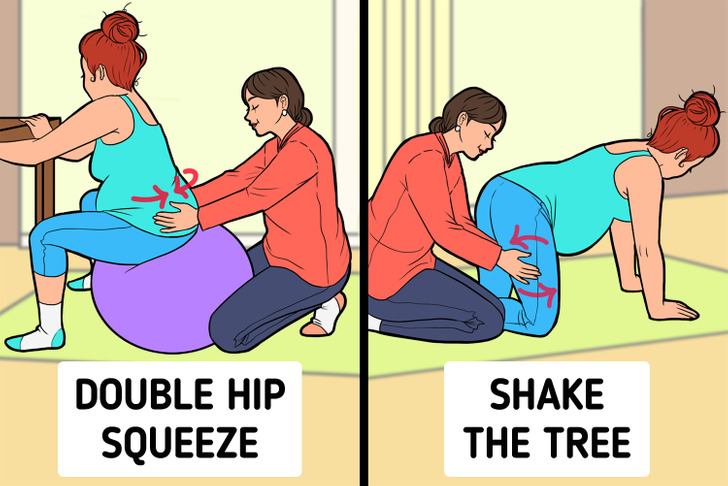
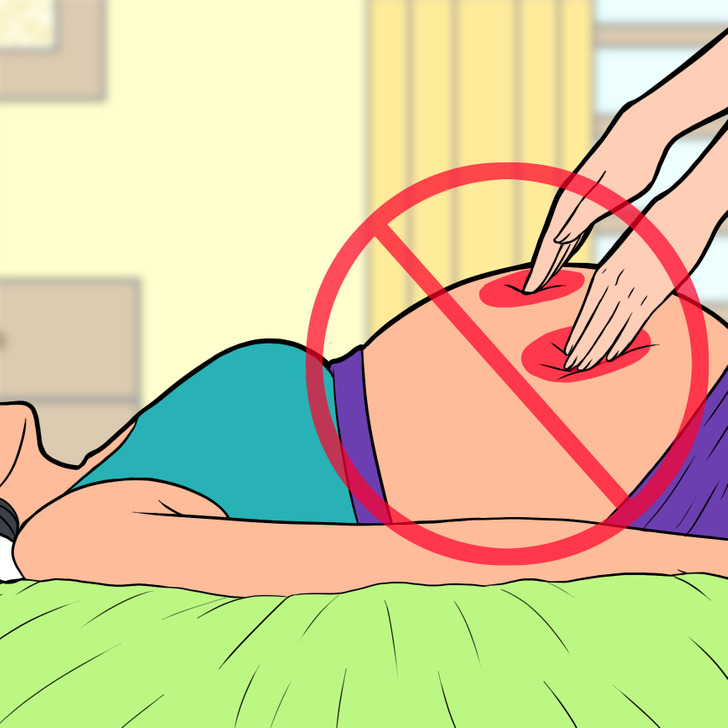
0 Comments